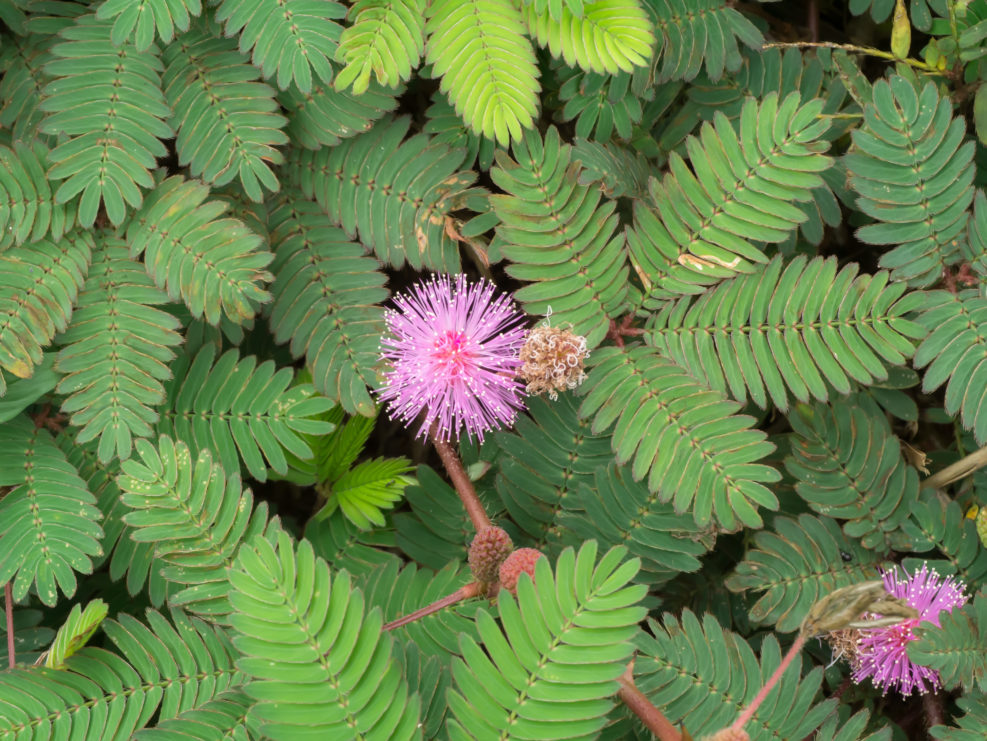
How Plants Talk When We’re Not Around
Some aspects of plant behavior can be studied in the same terms as animal or human behaviorOne genuine surprise in recent decades has been the discovery that plants have nervous systems like animals and use some of the same compounds in communications — for example, TMAO to relieve stress and glutamate to speed transmission. Biologist Peter Rogers pointed out recently that the similarities may shed a bit of light on issues around anaesthesia. Surprisingly, it is possible to anesthetize a plant. The shameplant (Mimosa pudica) and the Venus flytrap demonstrated that: Thirty years after anesthesia debuted in the operating room, Claude Bernard, a French physiologist, demonstrated that the shameplant (Mimosa pudica), which bashfully folds into itself when touched, was unresponsive to touch after exposure to ether, a commonly used anesthetic. The plant also folds into itself Read More ›
